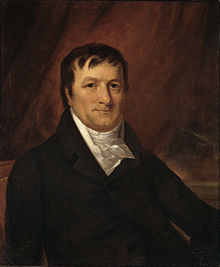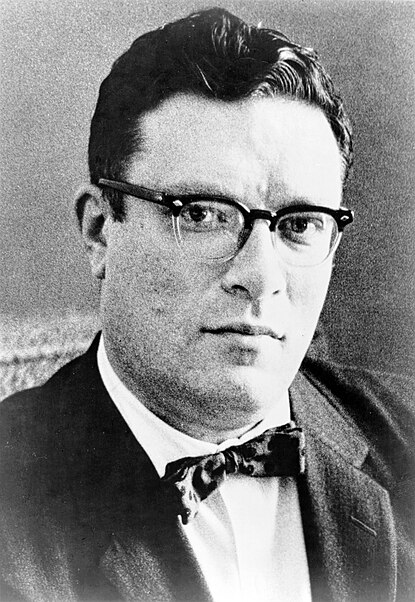Tartan Day
Anniversary of Declaration of Arbroath, 1320
In the United States, April 6th is Tartan Day, declared so by Senate Resolution in 1998. The day celebrates the achievements and contributions of Scottish-Americans. Nearly half of the signers of the Declaration of Independence were of Scottish descent, as well as nine of the governors of the original 13 states. Among influential Americans of Scottish heritage are Alexander Graham Bell, Andrew Carnegie, Neil Armstrong, Malcolm S. Forbes, Washington Irving, Samuel F. B. Morse, Edgar Allan Poe, Thomas Edison, and James McNeil Whistler. At least 23 U.S. Presidents were also of Scottish descent. |
| Reproduction of the Declaration of Arbroath |
The Pope had previously recognized the claim of Edwdard I of England of rule over Scotland. The Declaration asserted that Scotland was, and had always been, independent. Interestingly, it made the assertion that the independence of Scotland rested on the Scottish people, not the sovereign. This was an early expression of the concept of "popular sovereignity" The Declaration of Arbroath is regarded as a strong influence on the American Declaration of Independence.
John Jacob Astor Incorporates the American Fur Company, 1808
 |
| John Jacob Astor |
Astor started trading furs with the Indians and started a fur goods shop in New York City. He also imported and sold his brothers musical instruments.
When the Jay Treaty of 1794 opened new opportunities for peaceful trade with Europe, Astor took advantage. Soon he was bringing furs from Montreal to New York and then importing them all over Europe. By the end of the century Astor was worth a quarter of a million dollars, and was one of the richest men in America.
In the 1830's, Astor withdrew his business interest from his fur companies, and started investing in New York real estate. He purchased large tracts of land on Manhattan, including areas that extended beyond the existing city limits.
At the time of his death, John Jacob Astor was the wealthiest individual in the United States. His estate totaled at least $20 million, which would be worth more than $100 billion in today's dollars. He left the bulk of his fortune to his second son, William Blackhouse Astor. (His oldest son had a mental disability, and Astor left provisions for his life-time care.) He also made significant bequests to the New York Public Library, a poorhouse and orphanage in his German hometown, and the German Society of New York.
Death of Isaac Asimov, 1992
 |
| Isaac Asimov in 1965 |
Asimov's father, a Russian immigrant, disapproved of pulp magazines and forbade Isaac to read them. Isaac managed to change his mind, at least where science fiction was concerned. Since the magazine titles had the word "science" in them, they were clearly educational. By the age of 11, Asimov was writing his own stories, and by the age of 19, he was selling them.
 |
| Asimov (on the right) with Robert Heinlein and L. Sprague de Camp |
No comments:
Post a Comment